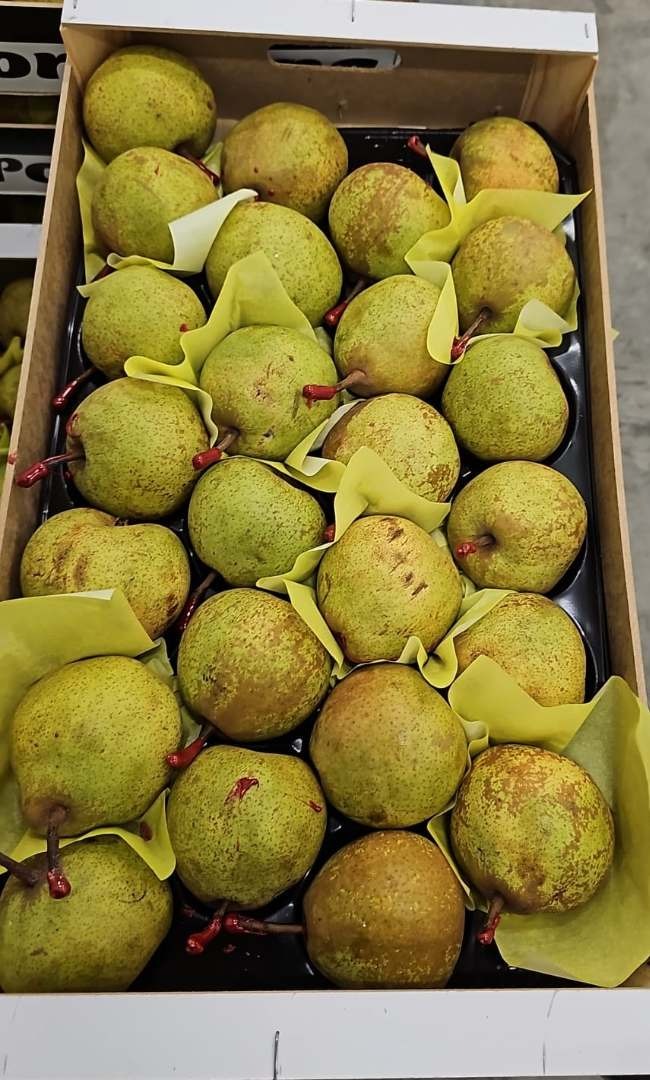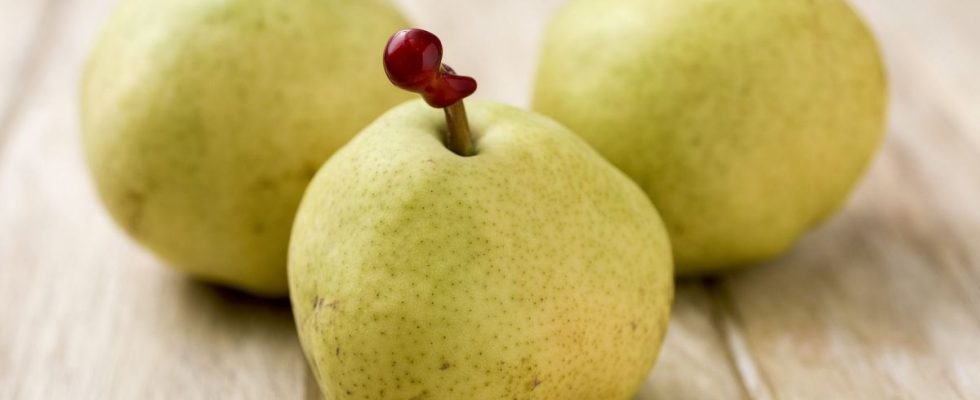Published on
Updated
Reading 2 min.
Pears sold throughout France are being recalled due to excessive doses of pesticides. They should not be consumed.
Fruit lovers, be careful if you have purchased pears. Several batches are withdrawn from points of sale due to exceeding the authorized limits of pesticides. The pesticide is the cause.
What products are affected?
These concerned Crassane pears of Spanish origin bear the references:
- Food / Fruits and vegetables PEAR CRASSANE ORIGIN OF SPAIN
- Brand: GENERIC
- Model or reference: PEAR CRASSANE ORIGIN SPAIN GENERIC BRAND
- Packaging: BULK WOODEN PACKAGE 50*30*12
- Marketing date: 02/27/2024
- End of marketing date: 03/07/2024
- Storage temperature: Product to be stored in the refrigerator
- Geographical sales area: entire France
- Distributors: WHOLESALER

What procedure to follow?
In all cases, the process is the same. The government website Rappel Conso advises that you no longer consume the fruit, destroy it or return it to points of sale for reimbursement. A contact number has been set up: 04 68 81 97 25.
What are the health risks ?
This recall is taking place due to exceeding the MRL and ARfd of two pesticides: lambda cyhalothrin and tebuconazole.
- The maximum residue limit (MRL) defines the maximum concentration permitted without risk to health even if this quantity is consumed every day for the entire life of the individual.
- The Acute reference dose (ARfD) defines the maximum quantity of substance that can be ingested by the consumer for a short period, without risk of dangerous effects for their health. Up to this concentration, there is no risk if consumed all at once or over a short period. Crossing this threshold does not necessarily lead to the appearance of dangerous health effects. The threshold is therefore defined according to a health protective approach.
There cyhalothrin is an insecticidal active substance from the pyrethroid family. It is a fluorinated derivative of pyrethrin. It is a possible human carcinogen and a potential endocrine disruptor.
Tebuconazole is an active substance of plant protection product, which has a fungicidal effect, and which belongs to the chemical family of triazoles. It is classified as a possible human carcinogen due to the higher incidence of hepatocellular tumors (adenomas and carcinomas in males and carcinomas in females) in mice.
